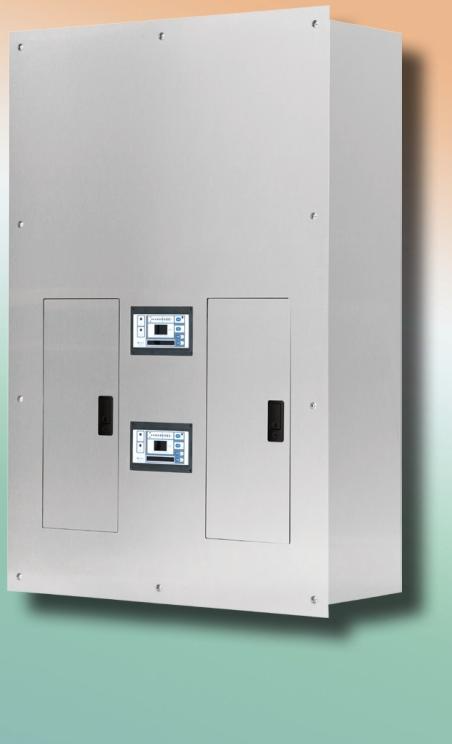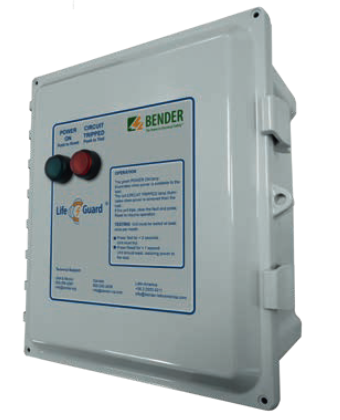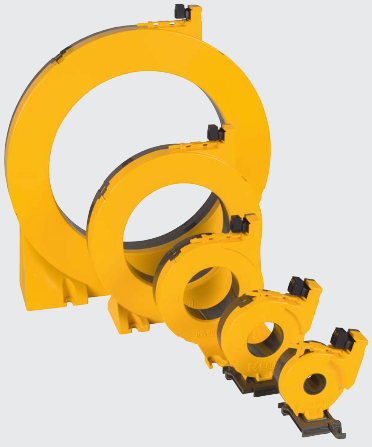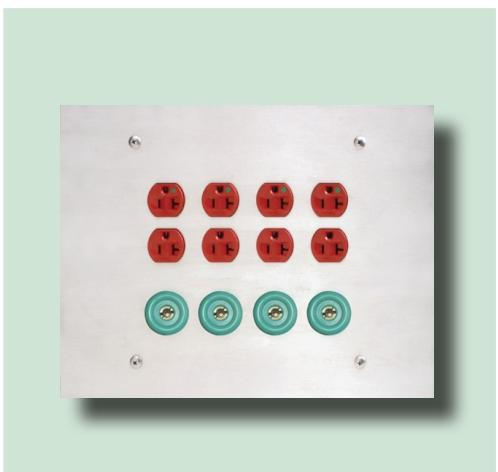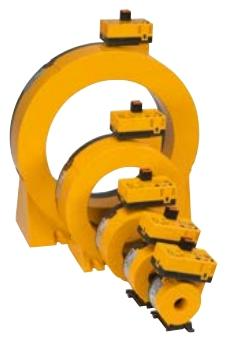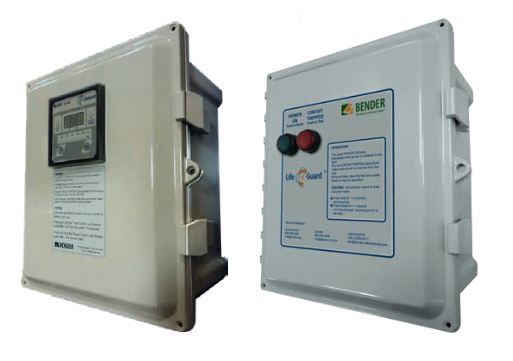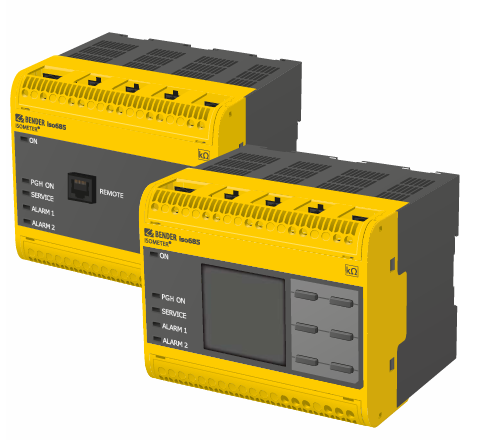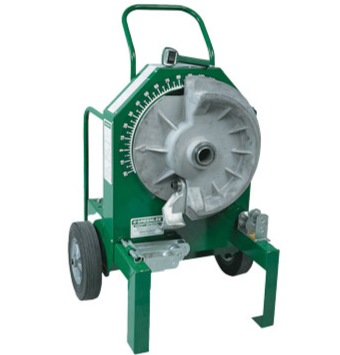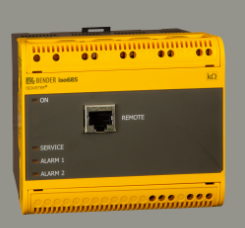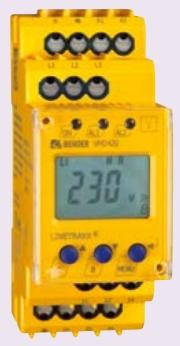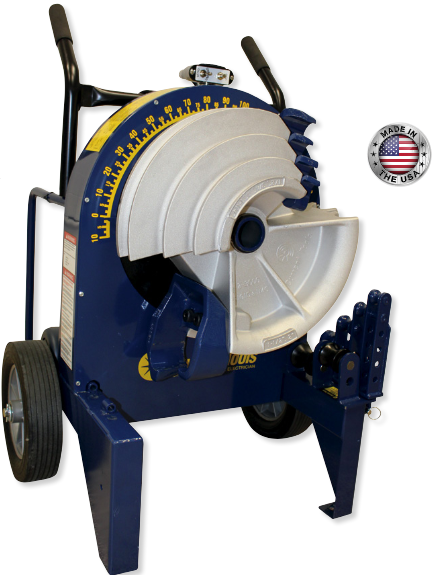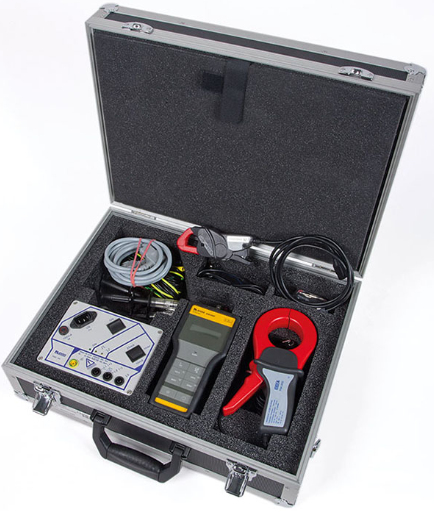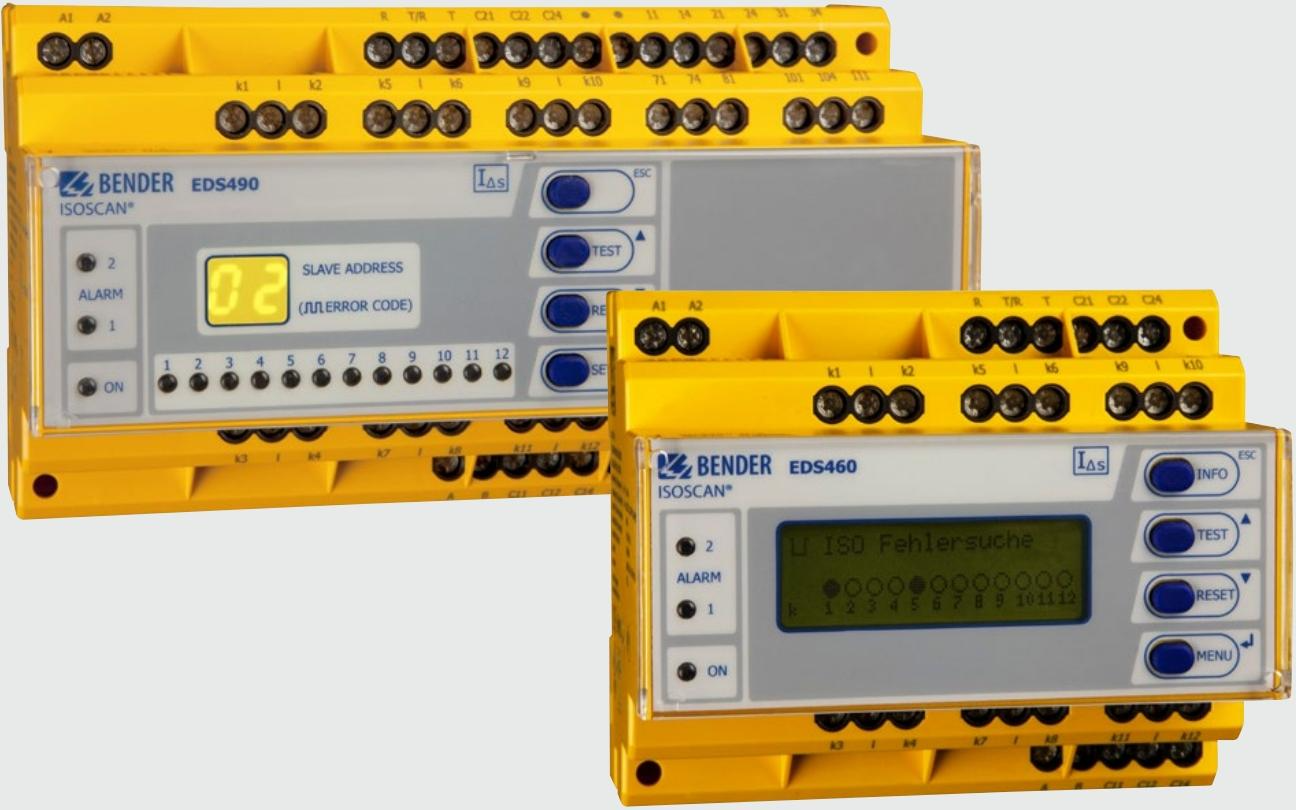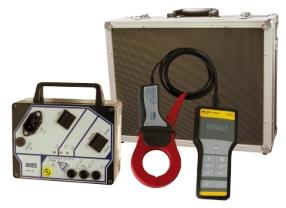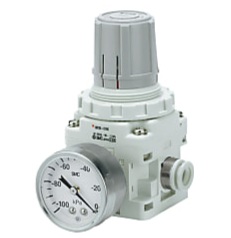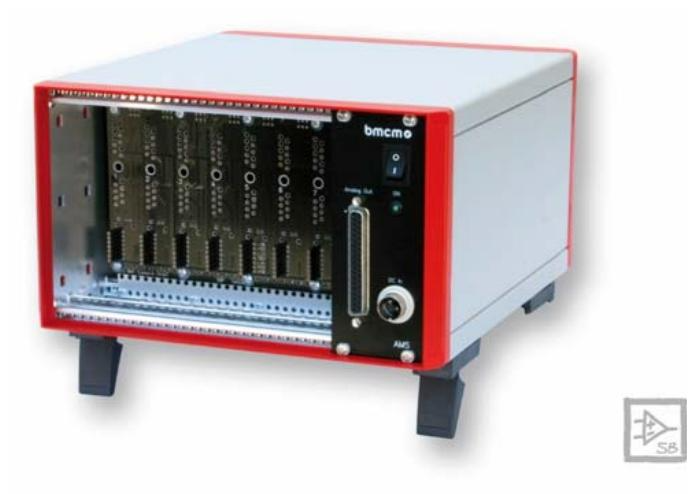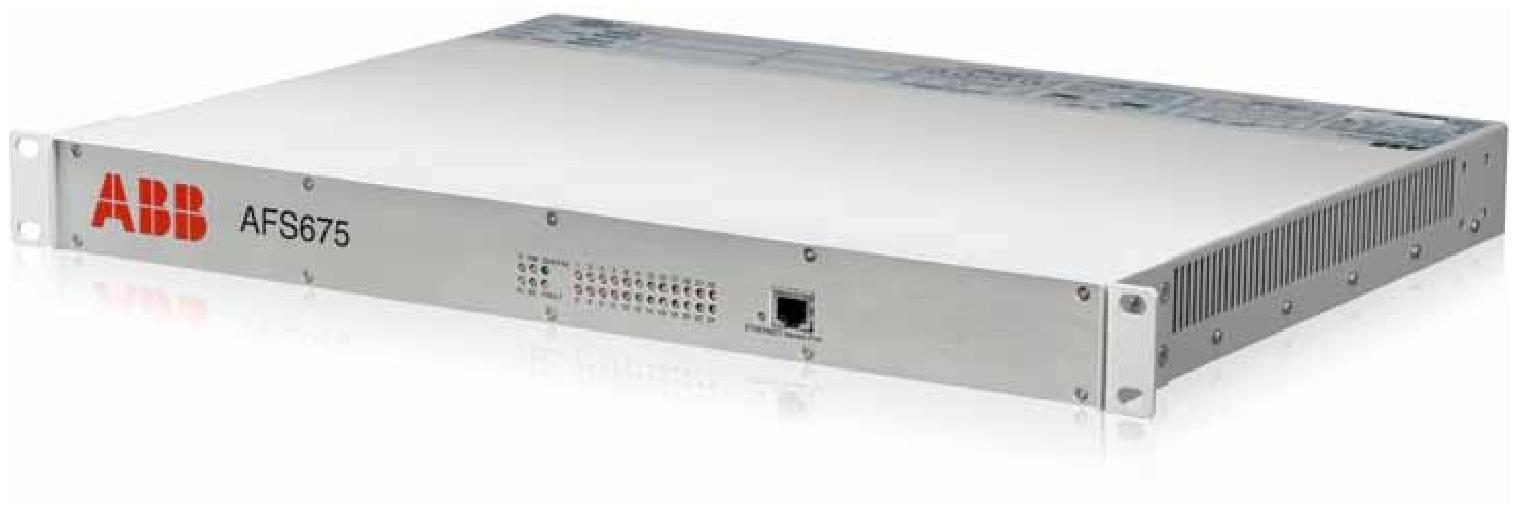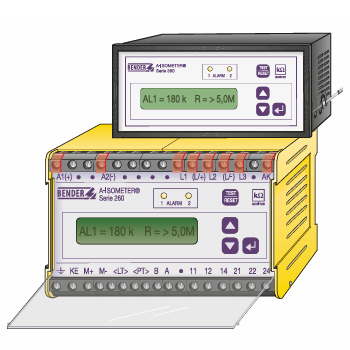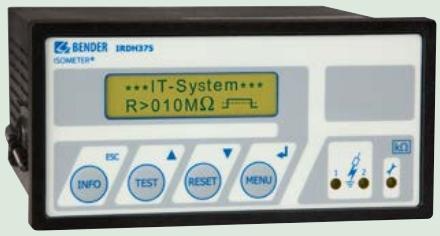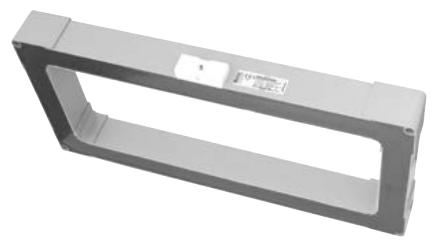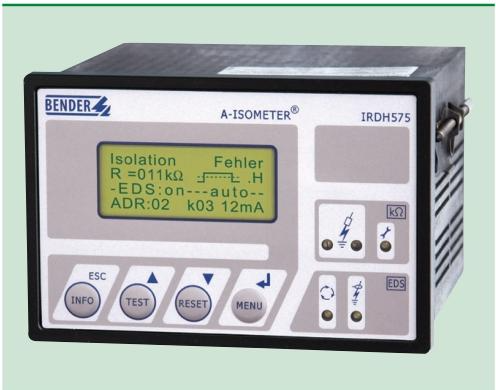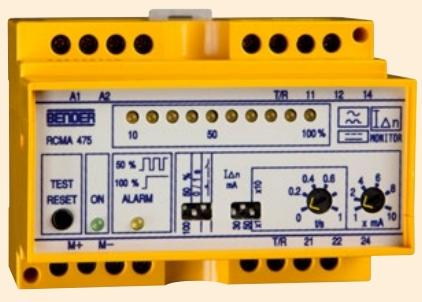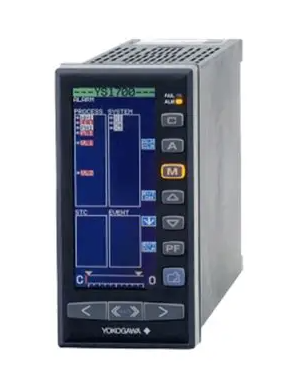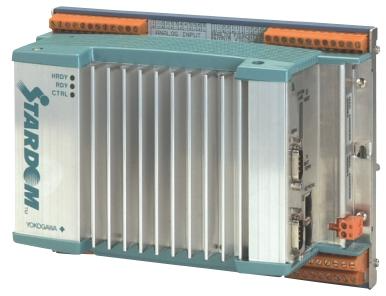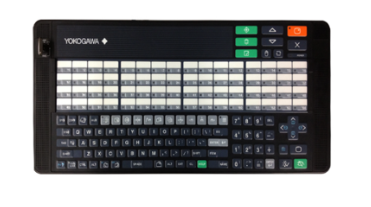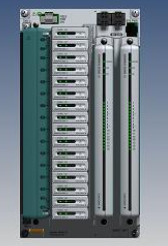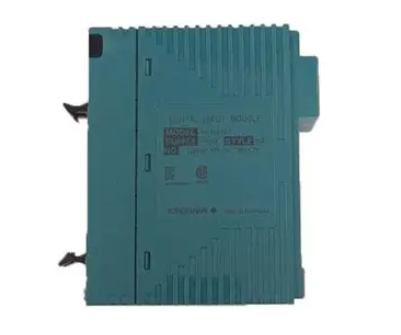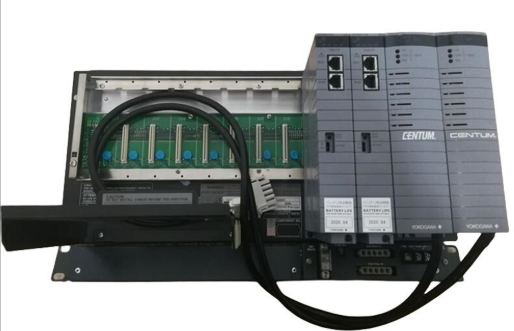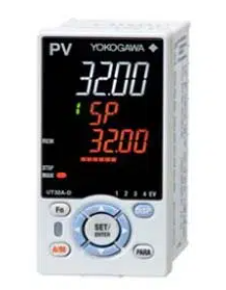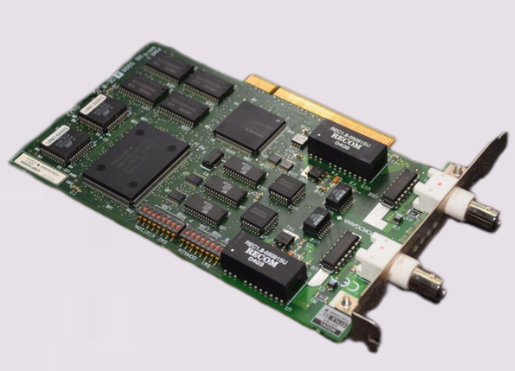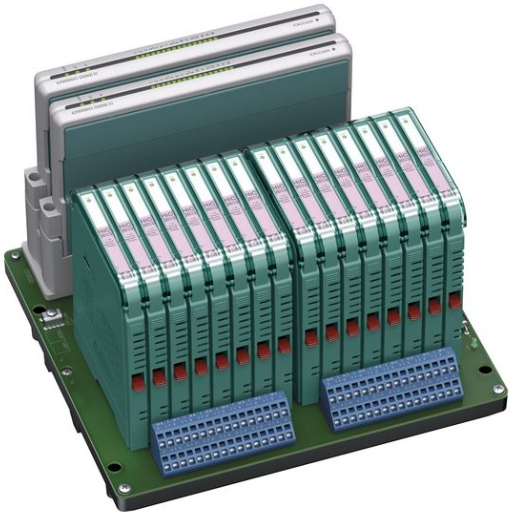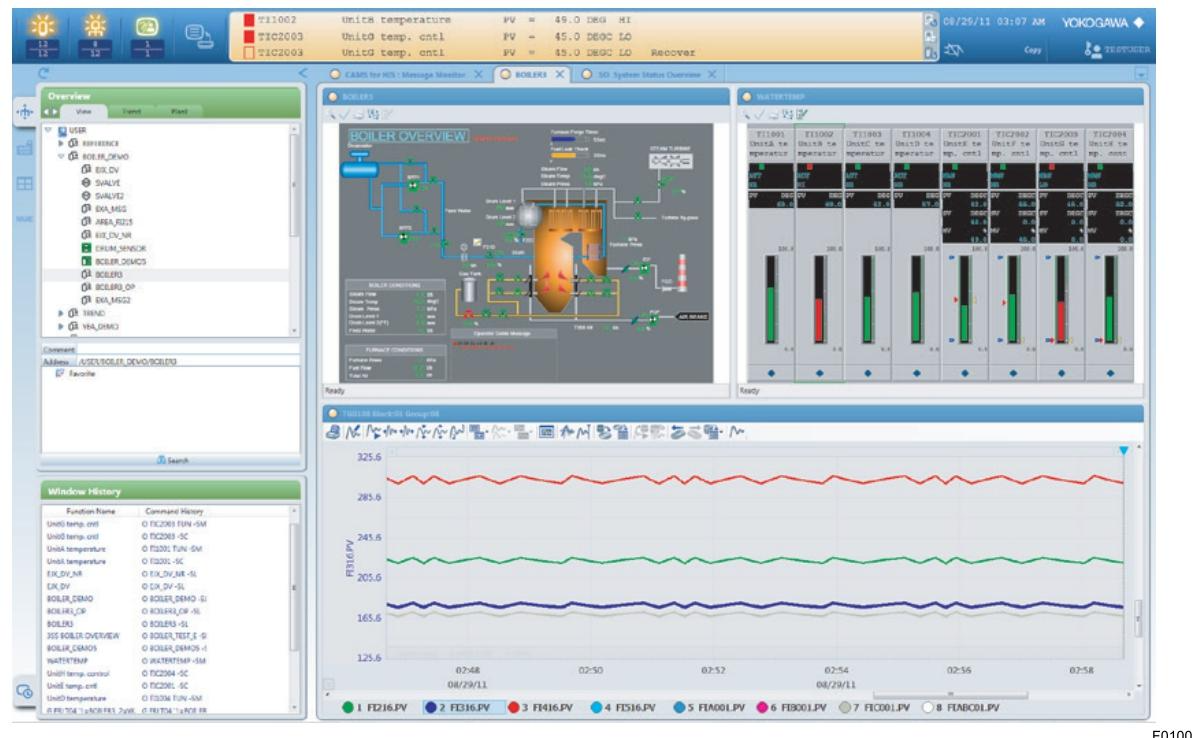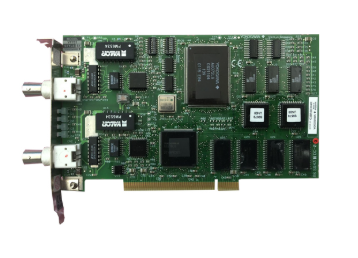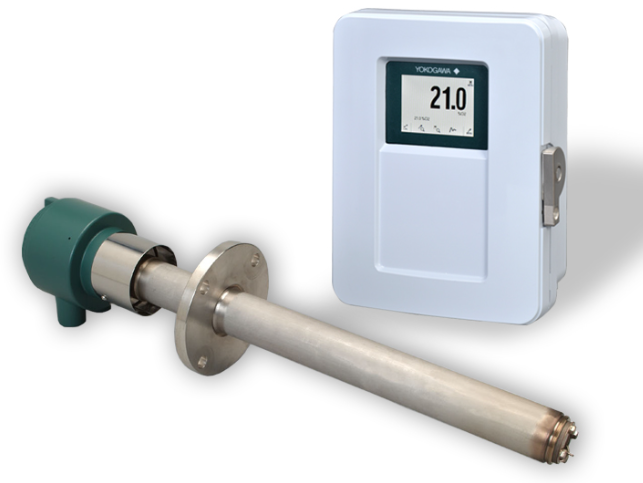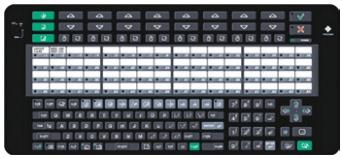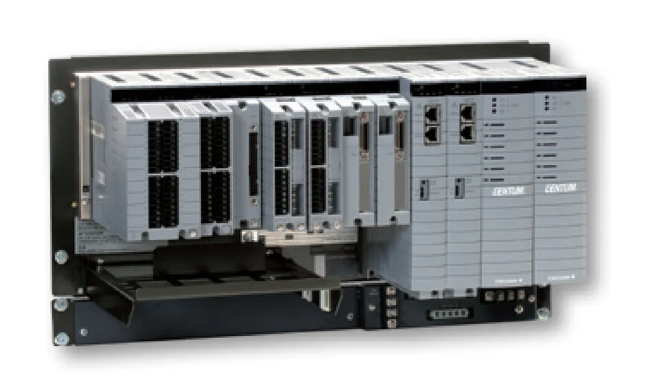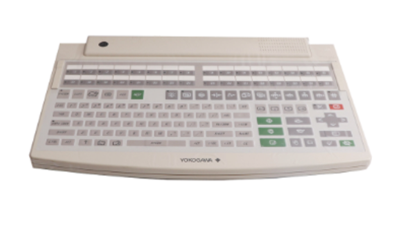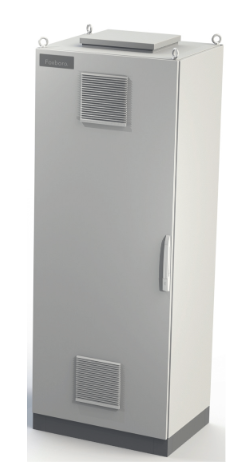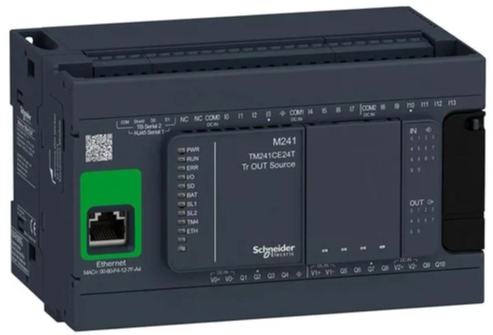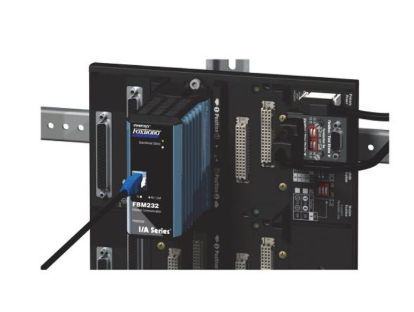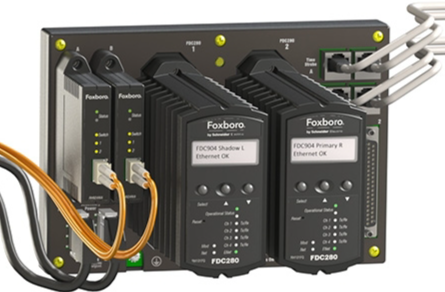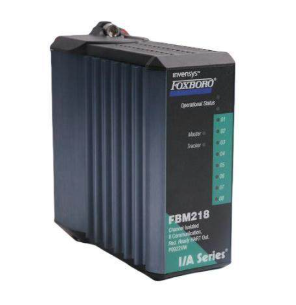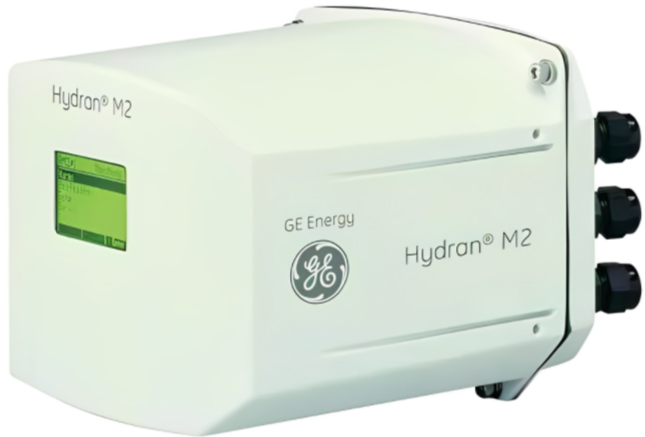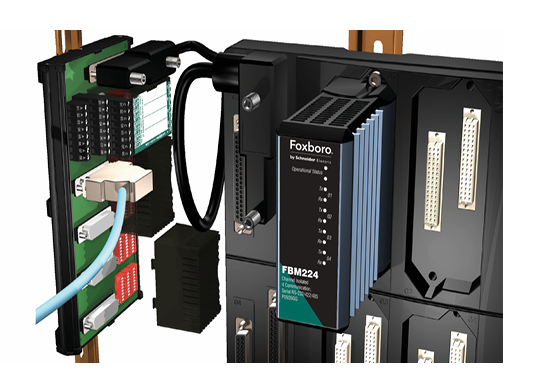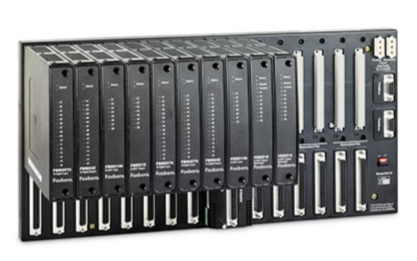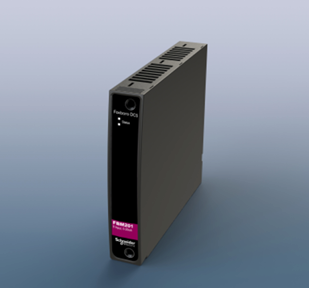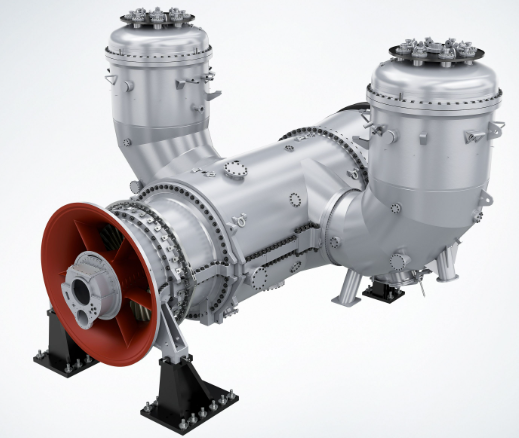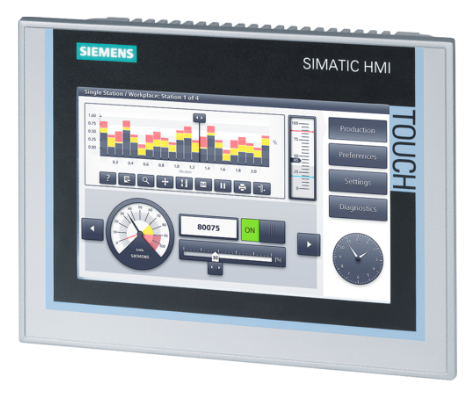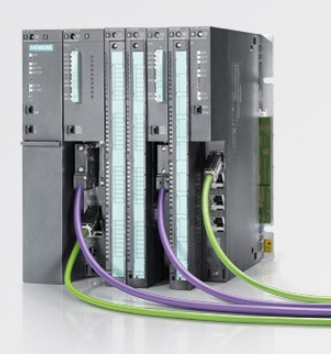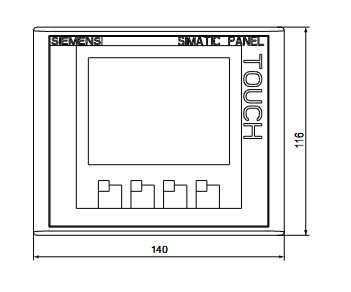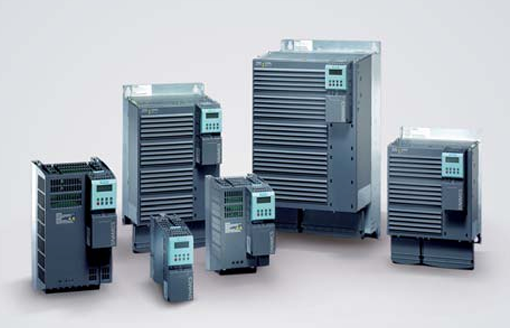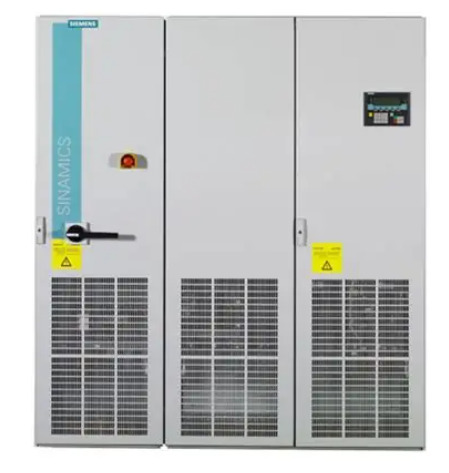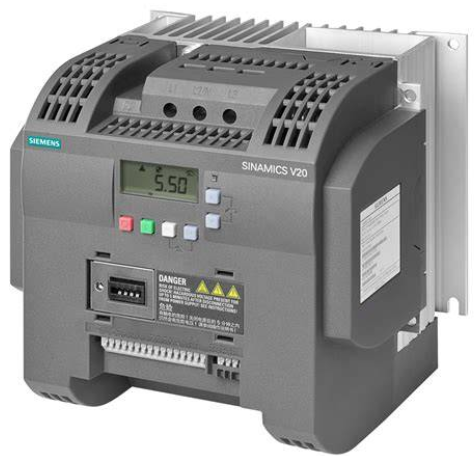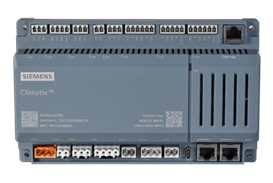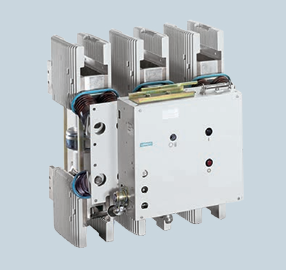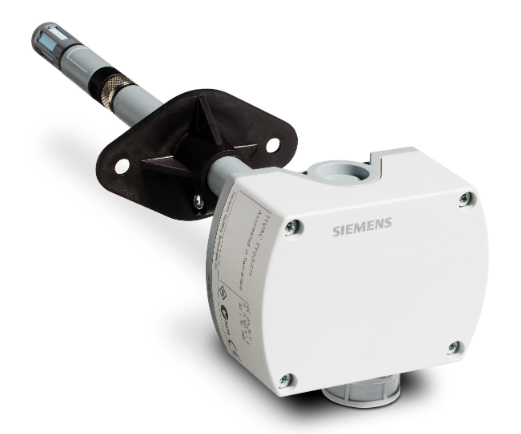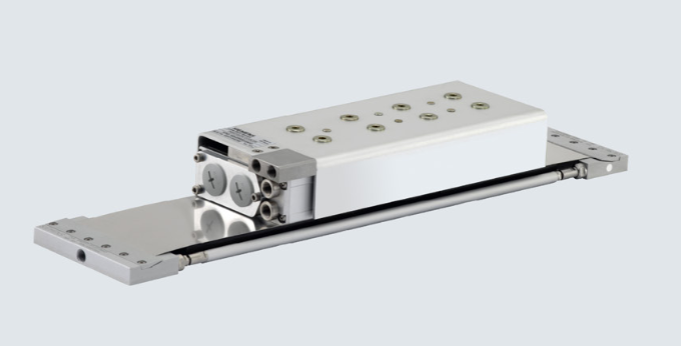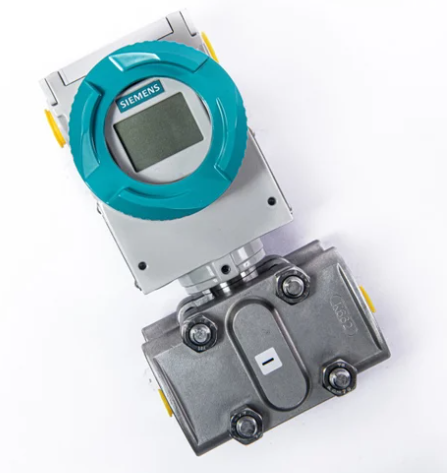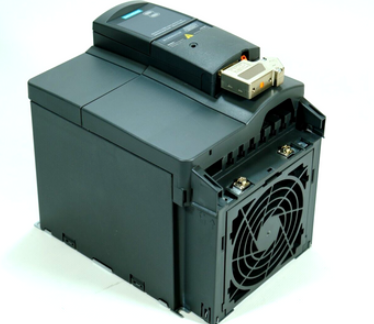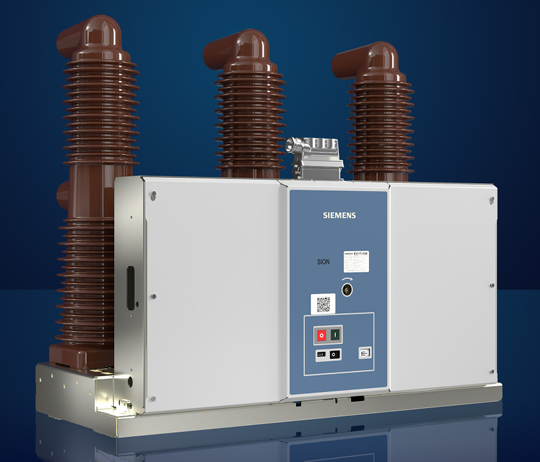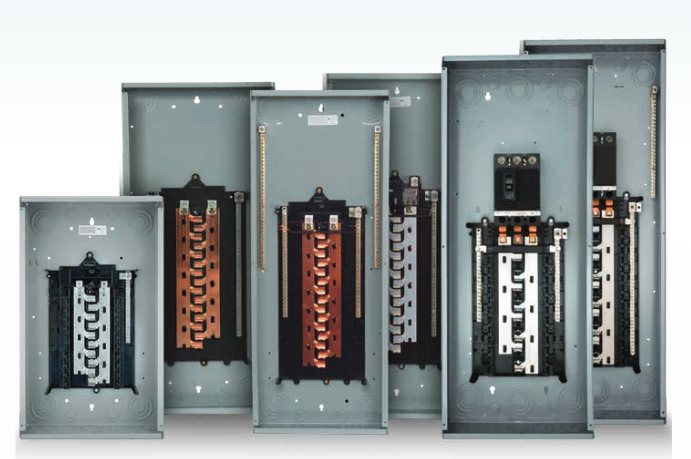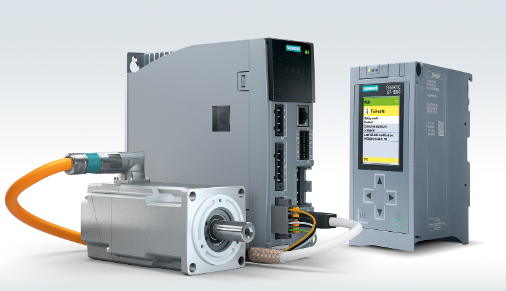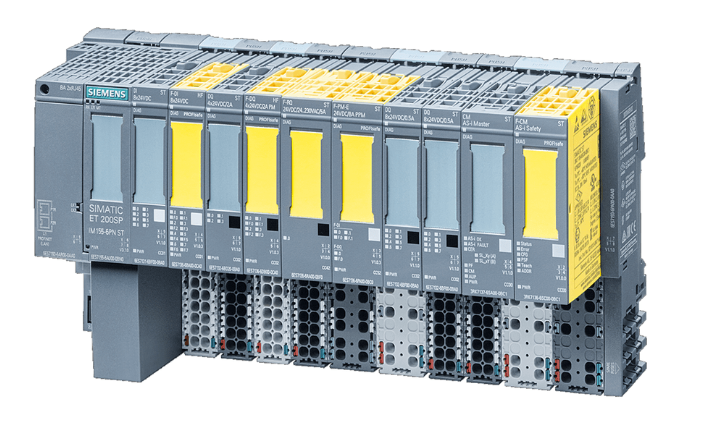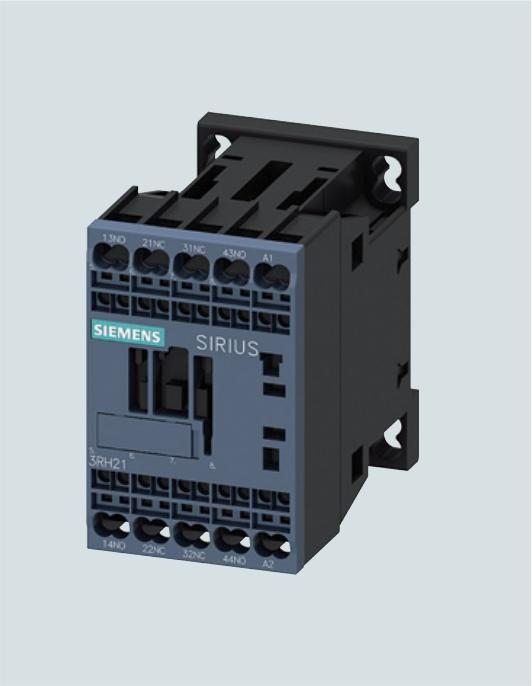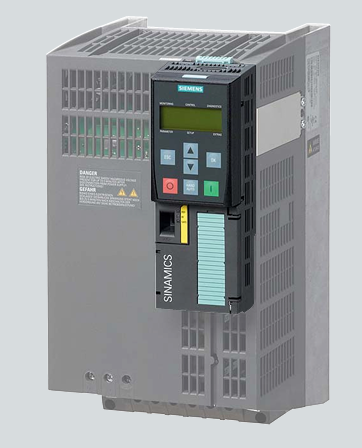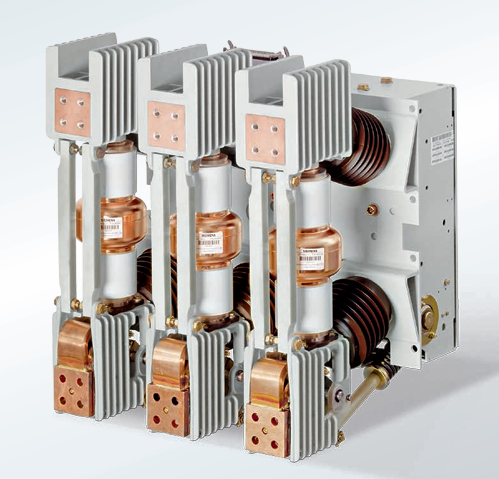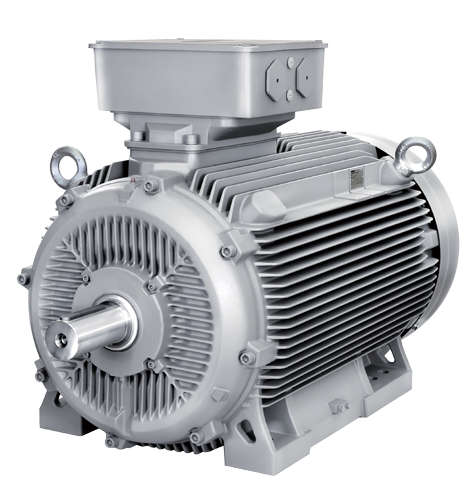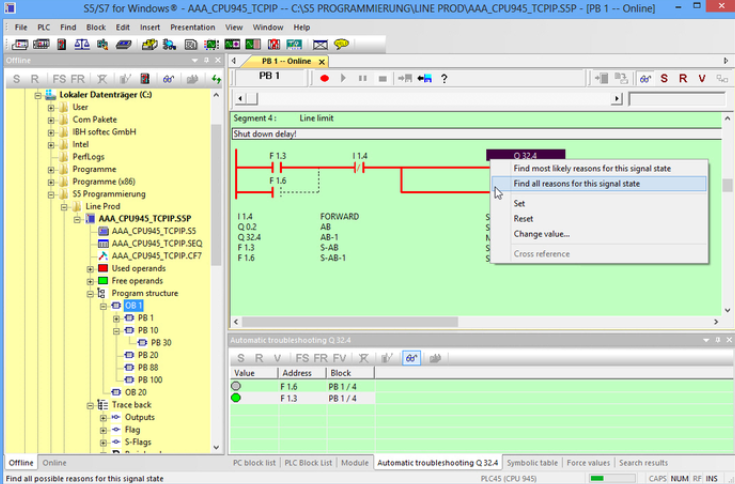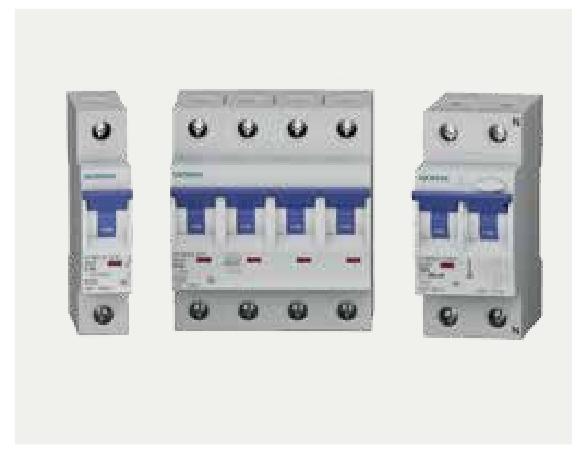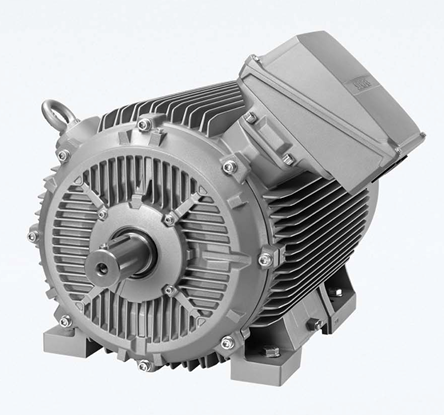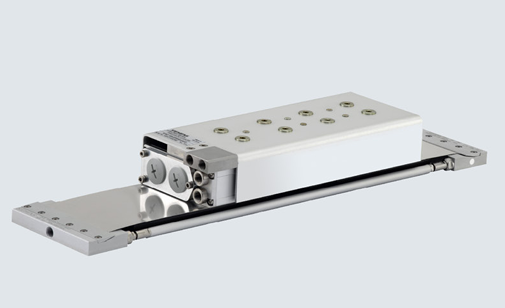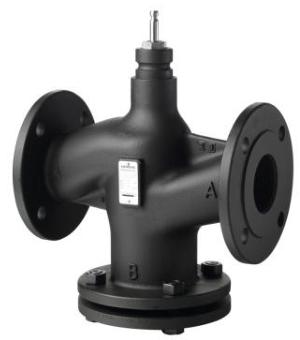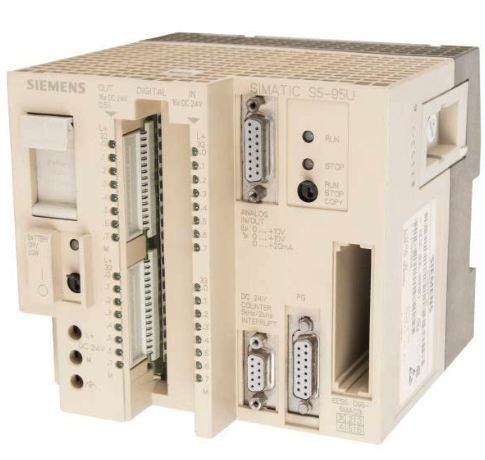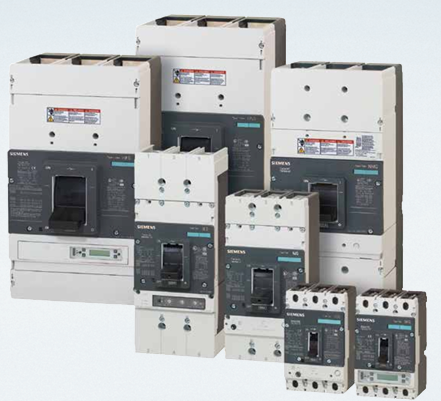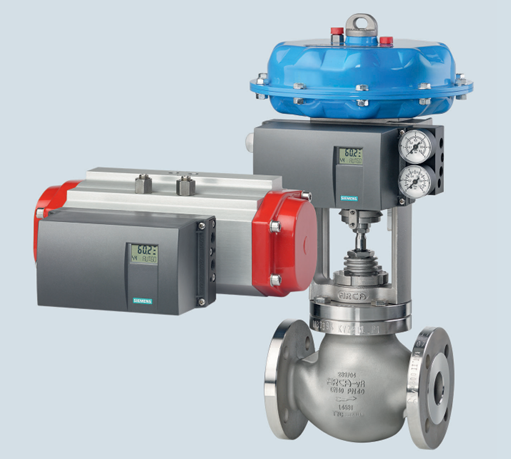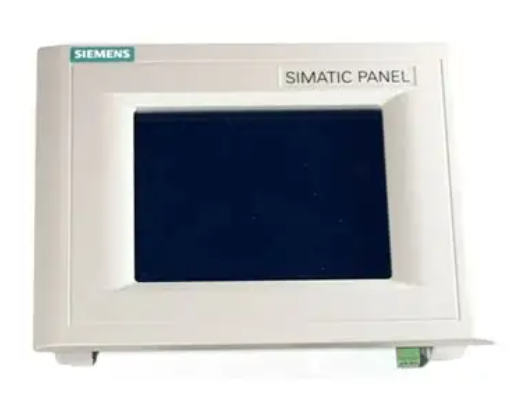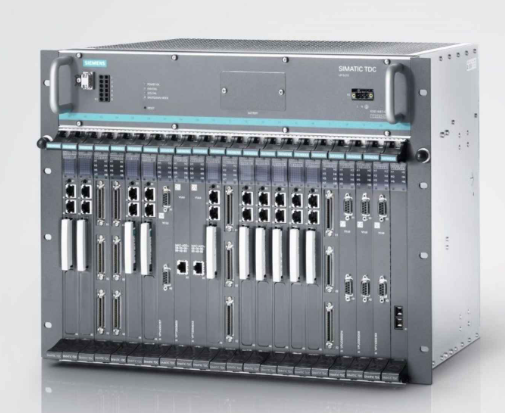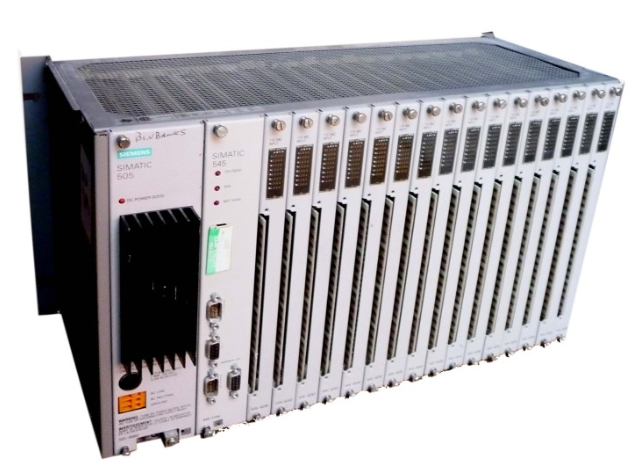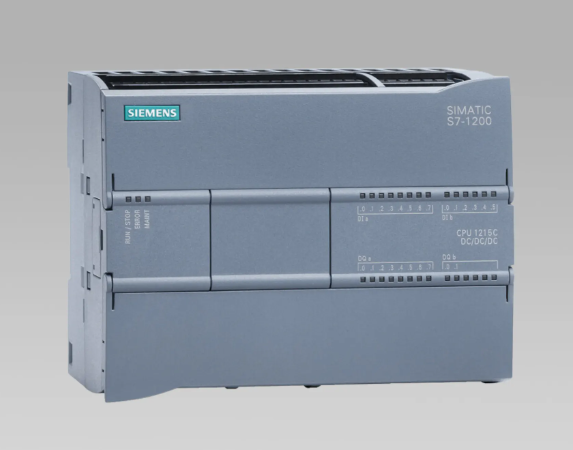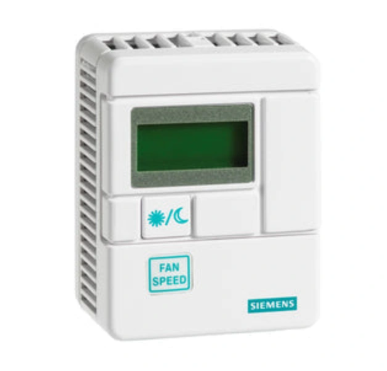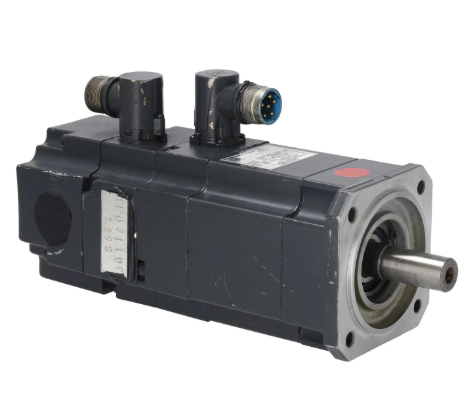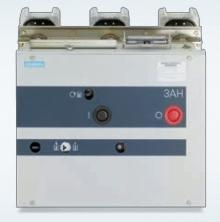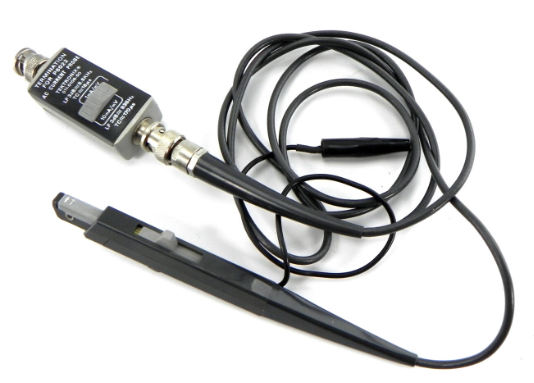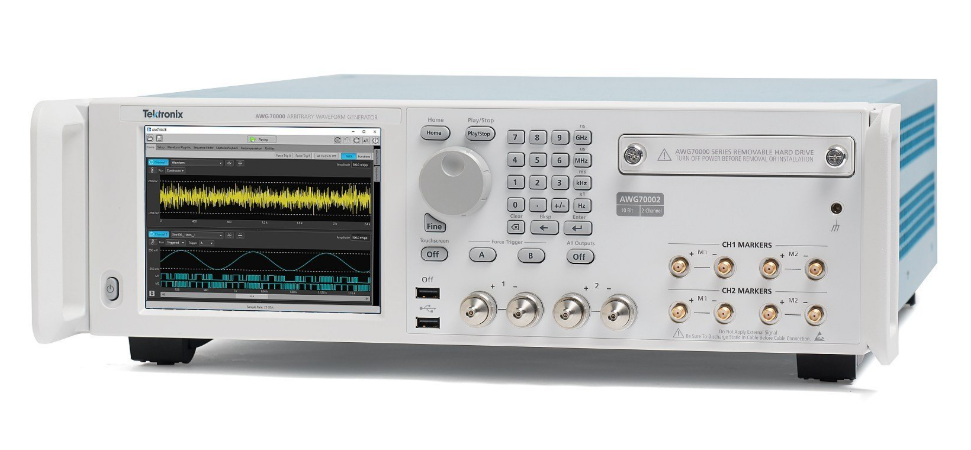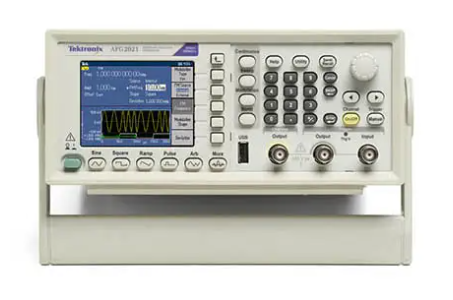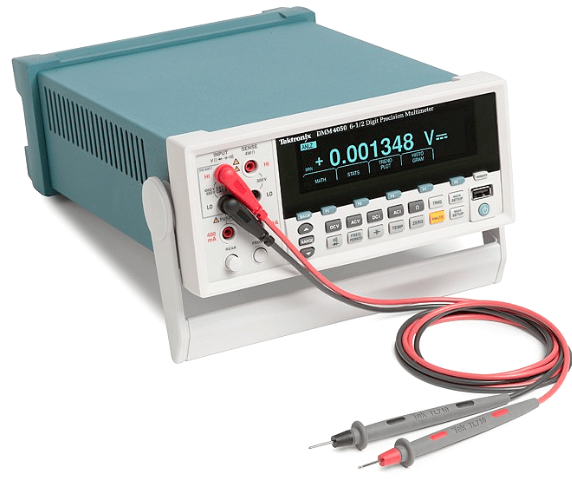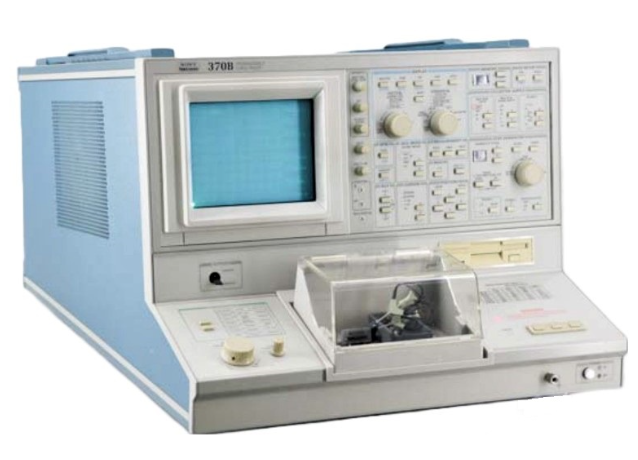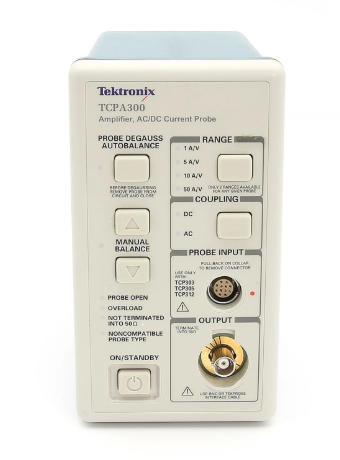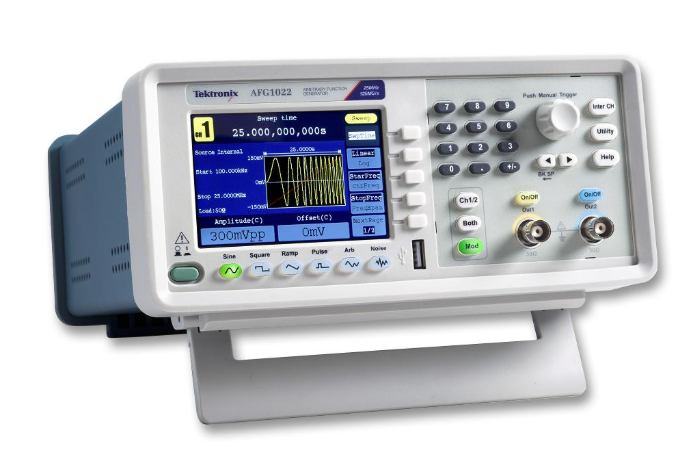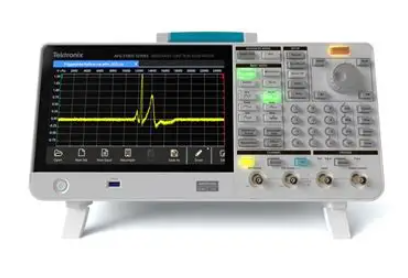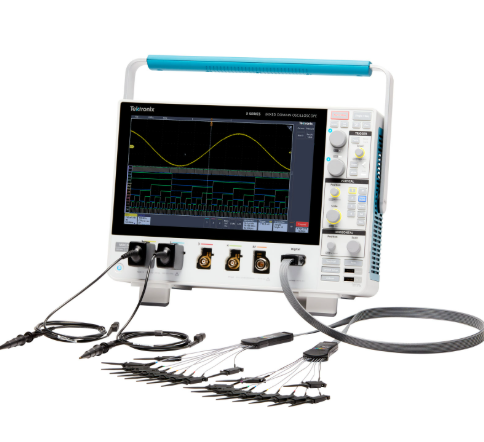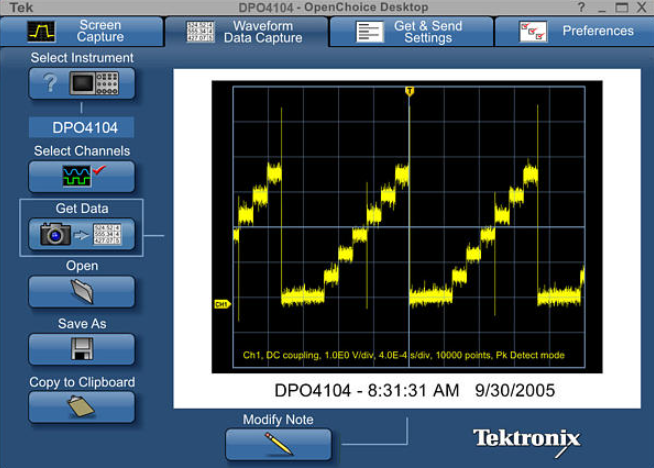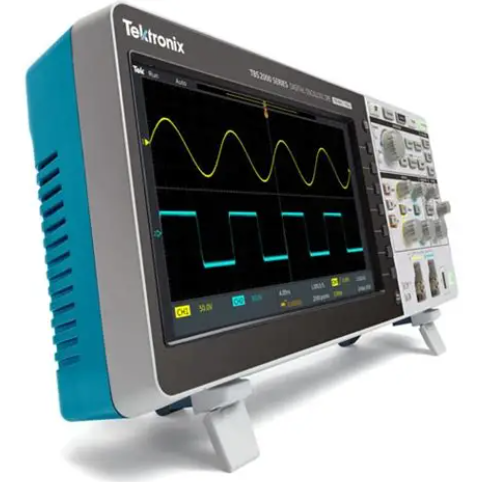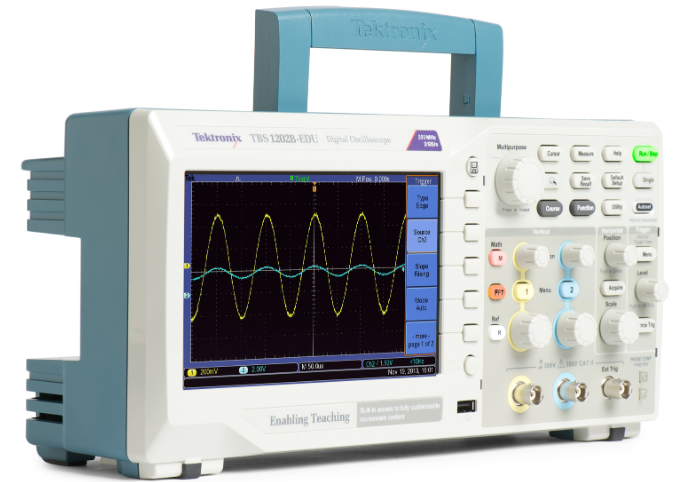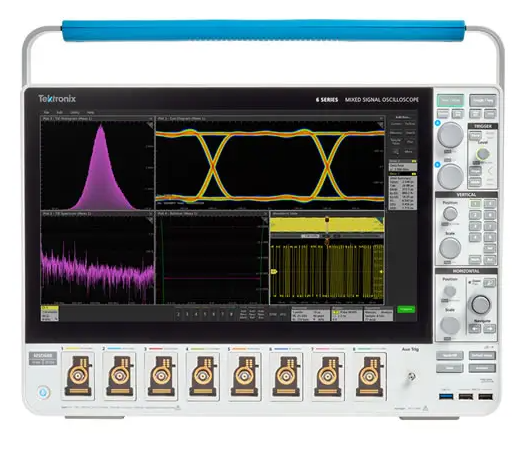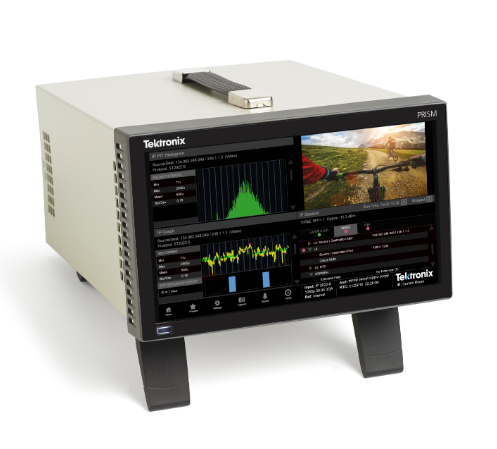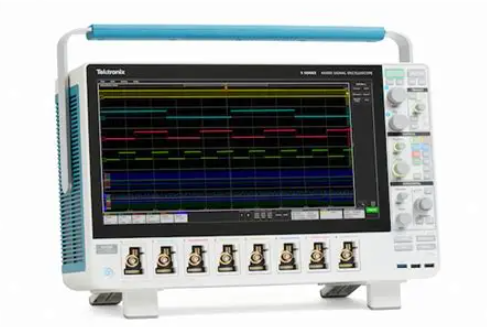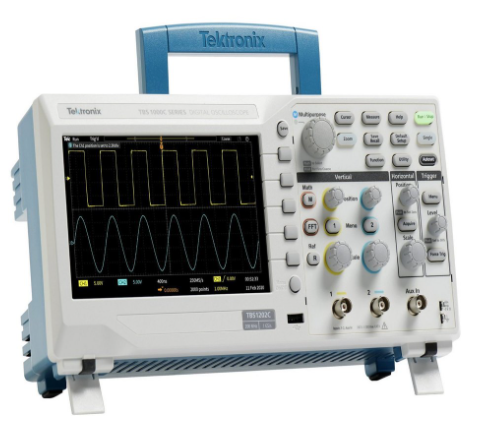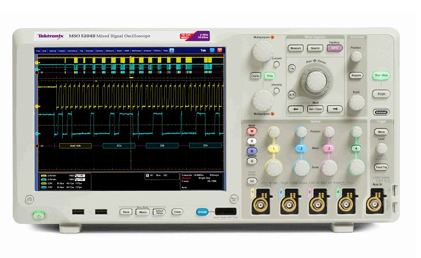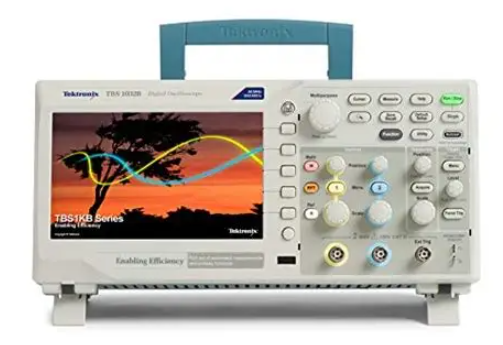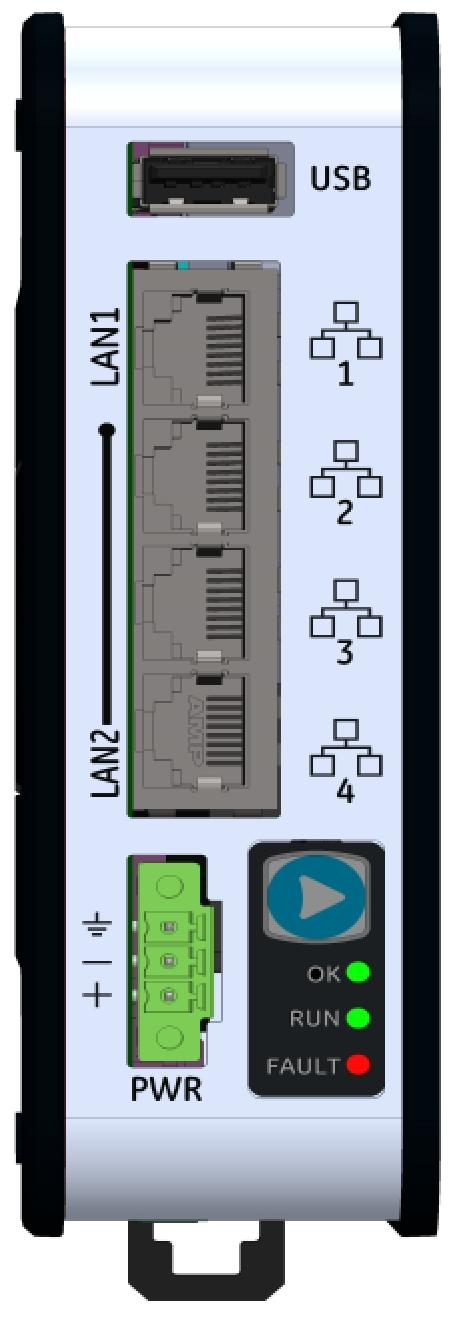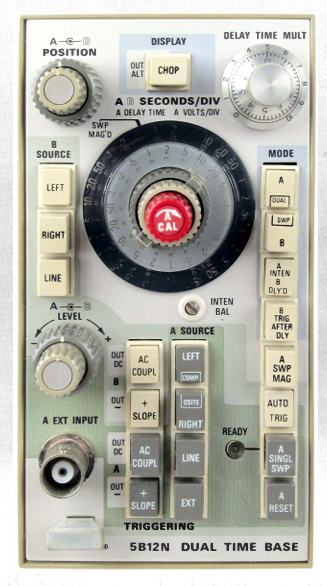

K-WANG


- Telephone:+86-15305925923
- contacts:Mr.Wang
- Email:wang@kongjiangauto.com
ABB SPHSS13 Hydraulic Servo Module
Overview
Definition and purpose: The ABB SPHSS13 Hydraulic Servo Module is a module designed by ABB to play a key role in hydraulic control systems. It is used to accurately control the position, speed and force of hydraulic actuators (e.g. hydraulic cylinders, hydraulic motors) and plays an important role in industrial automation, machine tool control, robotics and many other areas, ensuring that the hydraulic system operates accurately and in accordance with predefined requirements.
Principle of operation
Signal processing and conversion: The module receives control signals from the control system, which can be analogue (e.g. voltage or current signals) or digital. For analogue signals, the analogue-to-digital conversion (A/D) circuitry inside the module converts them into digital signals for processing. Then, according to the content of the control signal and the pre-set parameters, the internal microprocessor is operated to generate the drive signal for controlling the hydraulic servo valve.
Hydraulic control process: The drive signal output from the hydraulic servo module acts on the hydraulic servo valve. The hydraulic servo valve is a high-precision flow control element that precisely controls the flow and direction of hydraulic fluid according to the size and direction of the input signal. For example, when a hydraulic actuator (such as a hydraulic cylinder) is required to extend, the module drives the hydraulic servo valve so that the hydraulic fluid enters the rodless chamber of the hydraulic cylinder at a certain flow rate and pressure to push the piston to extend. By constantly adjusting the opening of the servo valve, the speed and position of the hydraulic cylinder can be precisely controlled.
Feedback and closed-loop control: In order to achieve precise control, the module is usually also equipped with feedback sensors (e.g., position sensors, speed sensors). These sensors will be the actual position of the hydraulic actuator, speed and other parameters feedback to the hydraulic servo module. The module compares the feedback signal with the control signal and adjusts according to the deviation, forming a closed-loop control system. For example, if there is a deviation between the actual position of the hydraulic cylinder and the target position, the module will adjust the control signal to the hydraulic servo valve according to the size and direction of the deviation, so that the position of the hydraulic cylinder will gradually converge to the target position until the deviation is within the allowable range.
Performance characteristics
High-precision control: High-precision control of the hydraulic actuator can be achieved. In terms of position control, the position accuracy can reach ±0.01mm - ±0.1mm, depending on the configuration of the system and the application scenario; in terms of speed control, the speed control accuracy can reach ±0.1% - ±1% of the rated speed. This high-precision control makes it possible to meet industrial applications that require extremely high control accuracy, such as precision machine tool processing, robot precision operation, etc.
Fast Response Characteristics: Fast response capability, able to respond to control signals in a short period of time. Typical response time can reach a few milliseconds to tens of milliseconds. For example, when the control system sends out a position adjustment signal, the hydraulic servo module can quickly drive the hydraulic servo valve, so that the hydraulic actuator responds quickly to achieve rapid position or speed adjustment, which is very important for automation equipment that requires rapid action.
A variety of control modes: support a variety of control modes, such as position control mode, speed control mode, force control mode. Users can choose the control mode flexibly according to the actual application requirements. For example, during the mould closing process of the injection moulding machine, the position control mode can be used to accurately control the closing position; during the injection process, according to the flow characteristics of the plastic, it can be switched to the force control mode to accurately control the injection pressure.
Reliability and stability: It adopts high-quality electronic components and precise hydraulic components with high reliability and stability. It can operate stably for a long time in harsh industrial environments, such as high temperature, high humidity, strong vibration and strong electromagnetic interference, and still ensure the control accuracy and response speed. At the same time, the module may also have fault diagnosis and protection functions, such as overcurrent protection, overheating protection, etc., when an abnormal situation occurs, it can send out alarm signals and take protective measures in time to prevent the module and the hydraulic system from being damaged.
Technical Parameters
Input parameters
Control Signal Type: A variety of control signals can be accepted, including analogue signals (e.g. 0 - 10V voltage signals, 4 - 20mA current signals) and digital signals (e.g. pulse width modulation signals, digital communication protocol signals). Digital signals usually follow industry-standard communication protocols such as CAN (Controller Area Network) protocol, EtherCAT (Ethernet Control Automation Technology) protocol, etc.
Signal input ranges: For analogue signals, the input range for voltage signals may be - 10V - + 10V, for current signals 3 - 22mA. The frequency range for digital signals (e.g. pulse signals) may be 1Hz - 10kHz, depending on the control mode and application requirements.
Output parameters
Drive Signal Characteristics: The drive signal output is used to control the hydraulic servo valve, the signal type is mainly a current signal, the output current range may be 0 - 800mA, which can provide enough power to drive the hydraulic servo valve, so that it can accurately control the flow of the hydraulic fluid and the direction of flow.
Control resolution: High resolution in terms of output drive signals. For example, the resolution of the current signal can be as high as 0.1mA, which enables the module to provide fine control of the hydraulic servo valves, thus realising high precision control of the hydraulic actuators.
Feedback parameters
Feedback signal type: Receive signals from feedback sensors, feedback signal types include position feedback signals (such as linear variable differential transformer signals, encoder signals), speed feedback signals (such as speed generator signals, encoder pulse signals) and force feedback signals (such as pressure sensor signals) and so on.
Feedback signal accuracy: position feedback signal accuracy can reach ±0.005mm - ±0.05mm, speed feedback signal accuracy can reach ±0.05% - ±0.5% of the rated speed, and force feedback signal accuracy can reach ±0.1% - ±1% of the rated force, these high-precision feedback signals provide a strong support for precise control.
Physical Parameters
Dimensions: The external dimensions are generally designed according to the installation requirements and application scenarios, and may range from 10cm - 30cm in length, 5cm - 15cm in width, and 3cm - 10cm in thickness, which makes it easy to be mounted in hydraulic control cabinets or control boxes of equipment.
Weight: The weight is usually between 1kg - 5kg, which makes it easier to install and handle, and also reduces the overall weight of the equipment.
Environmental Parameters
Operating temperature range: can work in a wide range of temperatures, generally - 20 ℃ - + 60 ℃, can adapt to different industrial temperature conditions.
Humidity range: The relative humidity range is usually 10% - 90% (non-condensing), ensuring normal operation in different humidity environments.
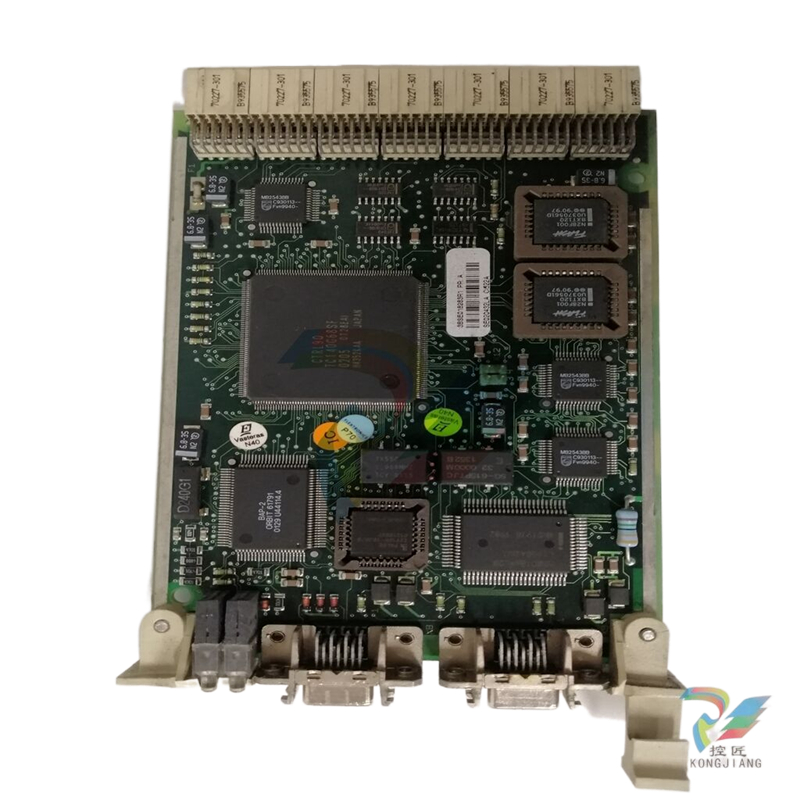
| User name | Member Level | Quantity | Specification | Purchase Date |
|---|






